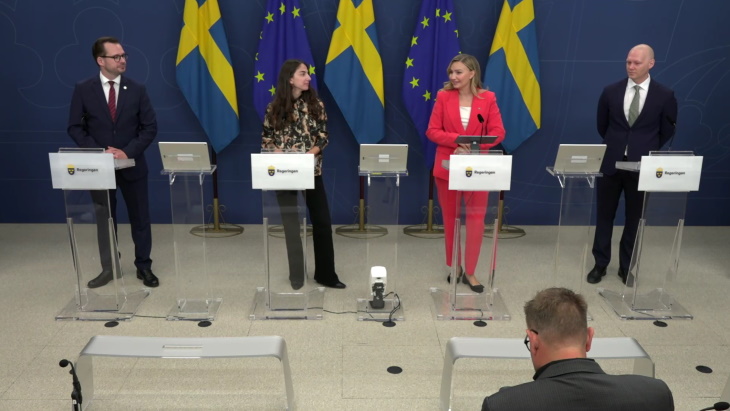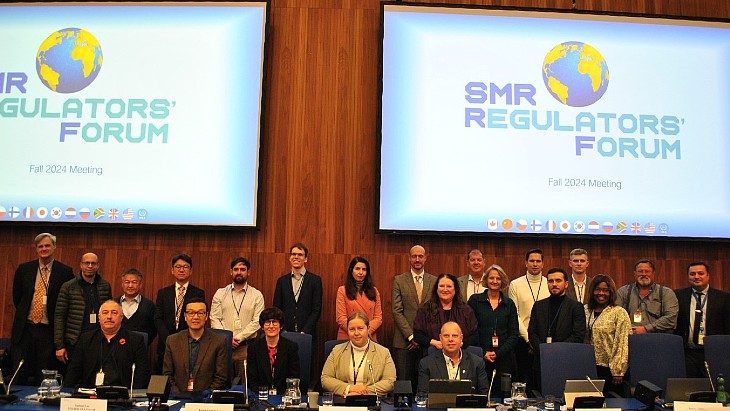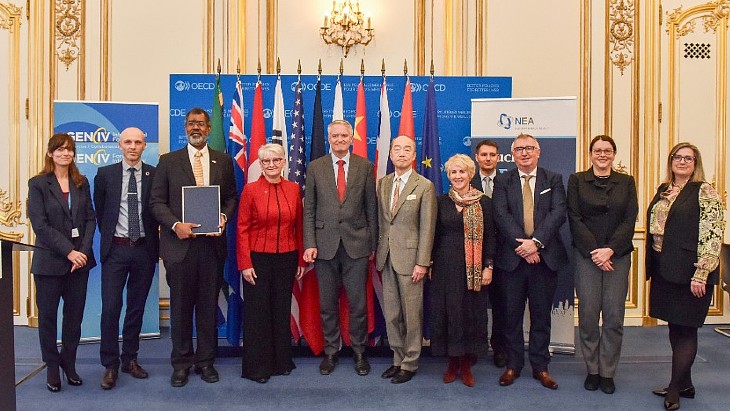Radiation technique controls tsetse fly numbers in Senegal
.jpg)
The bloodsucking tsetse transmits parasites that cause nagana, a wasting disease in cattle that leads to infertility, weight loss and reduced milk and meat production. In some parts of Africa, tsetse also transmits the debilitating and often fatal human sleeping sickness.
The new study - published in Nature's Scientific Reports - is part of a project to help the West African country eradicate tsetse in the fertile Niayes valley using insecticide-impregnated traps followed by the application of SIT. The US government helped fund the project under the IAEA's Peaceful Uses Initiative.
Male flies sterilised using SIT are then reared in large numbers and released to mate with wild females. These do not produce any offspring, decreasing the insect population over time.
During eight consecutive years, fruit traps were set out in five key places around the Niayes valley for one week in October-November, the period with the highest insect diversity and density after the rainy season. The study monitored flower chafer beetles and leafwing butterflies and showed that the tsetse eradication campaign had very little impact on their populations. Even though minor fluctuations in the populations of the beetles and butterflies were recorded when insecticides were used to prepare the ground for effective SIT application, their populations immediately reverted to pre-intervention levels when the use of insecticides ended.
"The impact of suppression efforts on the environment is minimal and temporary and the considerable decrease of tsetse - more than 98% - is very encouraging," said Mireille Bassene, a co-author of the study and medical entomologist at the Institut Sénégalais de Recherches Agricoles.
"Any control action carried out in the environment, with or without the use of insecticides, requires an environmental impact study," said IAEA medical entomologist and study co-author Jeremy Bouyer. "The study proves that SIT is an environmentally-friendly method, and that we succeeded to almost eliminate tsetse without impacting the ecosystem."



.jpg)









